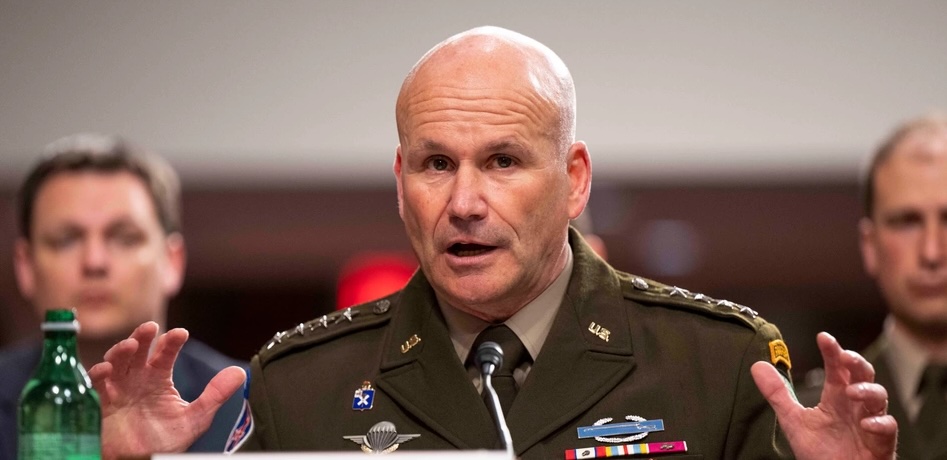Already a subscriber? Make sure to log into your account before viewing this content. You can access your account by hitting the “login” button on the top right corner. Still unable to see the content after signing in? Make sure your card on file is up-to-date.
The United States’ top military official in Europe has warned that relinquishing American leadership of NATO’s military command would be “problematic.”
Some shit you should know before you read: If you’re unaware, NATO’s military command has been led by an American officer since the alliance’s founding in 1949, with the position of Supreme Allied Commander Europe (SACEUR) established in 1950. The first to hold the role was General Dwight D. Eisenhower, who later became President of the United States. This tradition has continued for 75 years. Over the years, some have argued that having a US military official serve as SACEUR ensures seamless integration between American and allied forces, particularly regarding nuclear coordination, logistics, intelligence sharing, and rapid response capabilities. To the contrary, there have been reports that President Trump was considering giving the SACEUR role to another NATO member. While Trump has not directly addressed the reports, he has pressed European members to take more responsibility for their defense.

What’s going on now: While testifying before the Senate Armed Services Committee, General Christopher Cavoli, the top US military official in Europe and current SACEUR, warned that it would be “problematic” for the United States to give up its leadership role in NATO’s military command. He stressed the operational and strategic implications of such a decision, particularly concerning nuclear command and control. “It would put us in a position where, in an Article 5 [mutual defense] situation, we could have for the first time since the First World War, large numbers of American troops under non-US command,” Cavoli told lawmakers.
Cavoli explained that the United States maintains a number of nuclear weapons for use by NATO, which — under current arrangements — could be employed by SACEUR during a conflict with the agreement of NATO members. He argued that having an American SACEUR allows for a seamless transfer of responsibility, as he currently holds both US European Command and NATO command authority.

He said, “If SACEUR were not an American officer, we would have to find some other way to do that, and it would certainly not be as integrated with the rest of SACEUR’s operations as it is now.” He further noted that his role creates a direct and efficient link between US Strategic Command and NATO operations, saying, “I and key American elements of my staff at the NATO headquarters, at Supreme Allied Headquarters Europe, we are able to be the link in that chain that makes it seamless.”
During the hearing, General Cavoli also touched on Russia’s losses in Ukraine, describing the scale of the conflict as “awe-inspiring” and detailing the significant toll on Russian military assets. He testified that Russian ground forces have lost approximately 3,000 tanks, 9,000 armored vehicles, 13,000 artillery systems, and over 400 air defense systems in just the past year alone. “They’re starting to approach near the end of … the useful tanks in storage,” Cavoli warned, suggesting that Russia’s ability to sustain prolonged armored warfare may soon be strained.
Despite these losses, Cavoli warned that Russia is rapidly replenishing its arsenal. He said, “The Russian defense industrial base is expected to roll out 1,500 tanks, 3,000 armored vehicles, and 200 Iskander ballistic and cruise missiles this year,” adding that Russia is now producing 250,000 artillery shells per month — a rate that far exceeds the combined output of the United States and its European allies.






